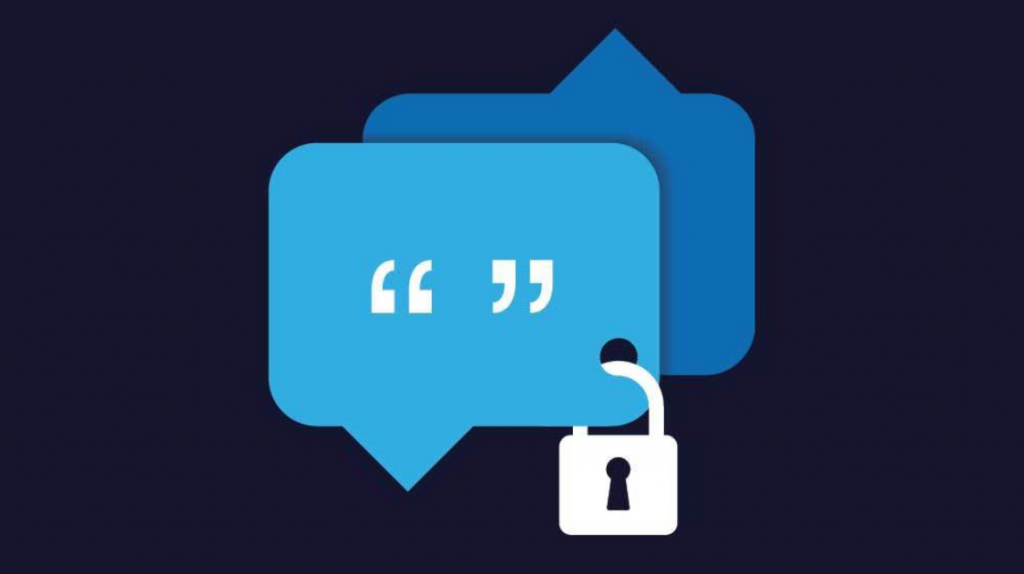The hidden world of Dark Social

Dark social is the term used when people share your content in private conversations online. This can be anything from Whatsapp, to Twitter direct messages, or a private group on Facebook.
When links are shared through dark social you lose the control and ability to track the source of your traffic. Links and shares in these private channels are invisible to most analytics and monitoring tools. When you review your page visits, content from dark social looks like it has come directly. Direct traffic is usually when someone has bookmarked or typed www.yoursite.com into their browser – dark social can skew this data and make you think that more people are actively choosing to save or type your website address.
You can sometimes spot traffic from private chats on your analytics reports. This can be done by looking at the page URL and deciding how likely it is for someone to have typed the full link into their browser. Of course this doesn’t eliminate bookmarked pages but that may be a relatively small number of users.
So why are more people sharing content over private platforms?
The first reason is obvious, for privacy. The online landscape is becoming increasingly open and visible. And even with privacy settings on platforms like Facebook, Twitter and LinkedIn, people are still feeling uneasy about who is seeing their content.
The next reason is safety. Following the Cambridge Analytica Facebook data breach scandal earlier in the year, people are more wary about the information they are making available online. Messaging app Whatsapp offers encryption that only allows the sender and recipient(s) to view content, eliminating the worry of messages being intercepted.
Many people also want to share content with people they know will be specifically interested. Rather than a mass post on Facebook, people are opting to share with small groups or individuals on Whatsapp.
But it’s not all hidden traffic and private conversations. Many news outlets and companies have begun to embrace private channels to communicate with their audience. My post on the Vuelio blog covers the news side, but what about brands and PR agencies?
In my interview with Radioactive PR’s Rich Leigh last year, Rich explained why the agency has moved to using Whatsapp to communicate with clients. Rich said: “Using WhatsApp Groups for clients has genuinely changed the way we communicate with clients, and near-enough done away with emails. It’s transparent and the best way to keep everyone in the loop, make decisions and build relationships.”
The agency also use it as a way of informing startups in its ‘Radioactive Roundup’ Whatsapp group.
Although brand uptake for Facebook Messenger – especially using chatbots – is particularly high. Whatsapp is slowly becoming a go-to channel for communication. Here are just a few ways that brands are using Whatsapp for their campaigns.
Are you using Whatsapp to communicate with your audience? Let us know in the comments below.